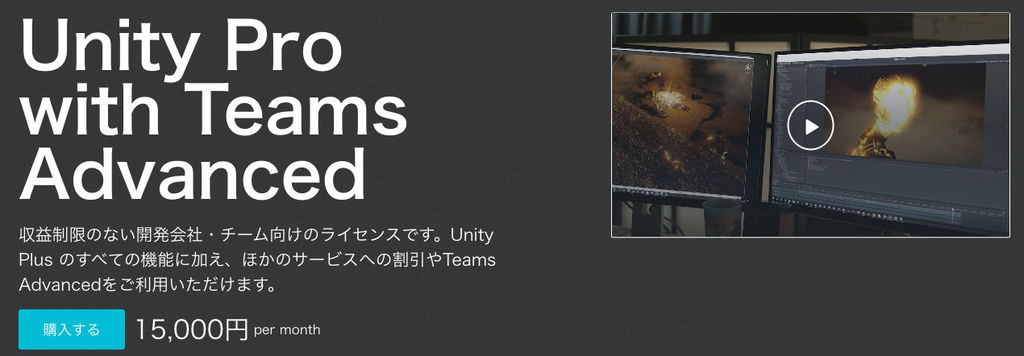
Build gameplay flows with modular blocks: trigger events, spawn objects, track goals, or write your own logic – all visual, flexible, and no boilerplate code required.GameFlow Engine is a powerful node-based framework for Unity that lets you visually design, execute, and manage gameplay logic — from spawning enemies and triggering cutscenes to handling custom objectives and dialog trees. Its modular flow architecture, extensible block system, and intuitive visual editor enable game designers to plan complete gameplay without writing code, while programmers focus on creating the logic of blocks. This clear separation boosts productivity, eliminates boilerplate, and allows for rapid, parallel interaction between game designers and programmers.Proven in Competition: GameFlow Engine powered the gameplay and simulation logic in a project that secured 1st place at TEKNOFEST 2025 in the Tourism category, one of the largest international technology festivals with 100+ competing teams. Its reliability, modularity, and designer-friendly workflow were key contributors to rapid prototyping and stable production delivery under real-world conditions.Built with collaboration and scalability in mind, GameFlow Engine is ideal for teams working on projects of any size – whether you're building a narrative-driven game, a puzzle adventure, or a reactive simulation.🔑 Key FeaturesVisual Flow Graph: Organize gameplay using a clean, graph-based editor with conditional and parallel execution for blocks.Ready-to-Use Logic Blocks: Includes blocks for triggers, timers, object spawning, dialogs, and more.Custom Block Support: Write your own logic blocks with minimal effort and full integration into the system, with automatic integration in the Editor.Flow-Based Execution: Define dynamic behaviors like “kill 5 enemies”, “reach location”, “press a button”, etc., with modular flows.Scene Interaction: Link blocks to real scene objects and triggers using a dependency system that’s robust and easy to debug.Runtime Graph Evaluation: Graphs are compiled into executable logic trees at runtime for performance and stability.Collaborative Design: Programmers and designers can work together without stepping on each other’s toes.Examples & Prefabs Included: Get started fast with sample flows, templates, and clear documentation.Cross-Platform Compatibility: Supports Unity 2021.3.0+ and works on PC, mobile, VR, and other Unity targets.🧠 Use CasesSpawn enemies when entering a zonePlay a monologue or dialog when a button is pressedTrack kill/objective conditionsTrigger animations, cutscenes, or scene transitionsChain multiple actions conditionally or in sequenceBuild interactive tutorials and onboarding flowsWhether you're building core gameplay logic or scripting interactions between systems, GameFlow Engine provides the clarity, flexibility, and extensibility needed to stay in control of your game’s flow – without the overhead.Asset uses "Khronopix" and "KhronopixMono" under CCO License;See Third-Party Notices.txt for details.Key features of Quest Engine:Graph-based Visual Editor: Easily create, connect, and manage blocks with the intuitive Flow Graph interface.Built-in Block Types: Includes dialog, event-based, trigger-based, and scene objects activation blocks, blocks with further path selection.Custom Block Support: Extend functionality by creating your own block types with flexible logic nodes.Dependency Handling: Seamlessly link scene objects and blocks with dependency registration.Rich Examples and Documentation: Includes example blocks, prefabs, and clear setup instructions to get you started.Unity Compatibility: Supports Unity 2021.3.0 and newer versions.How It WorksBlocks are stored as embedded assets in the GameFlow asset.The GameFlowRunner component links GameFlow assets to the scene. At runtime, it constructs a logical tree of nodes based on the block assets. This process translates the static data into a dynamic system that tracks block states without altering the original assets.Dependencies (e.g., NPCs, triggers, items) are registered in GameFlowRunner. These dependencies are then linked to the relevant block using Keys, enabling runtime interaction between game objects and quests.Each block is processed as a control node with specific logic defined in the block code. Blocks succeed or fail based on the logic defined in the block and its dependencies.LimitationsDesign of examples could depend on different assets, as defined in the README files






